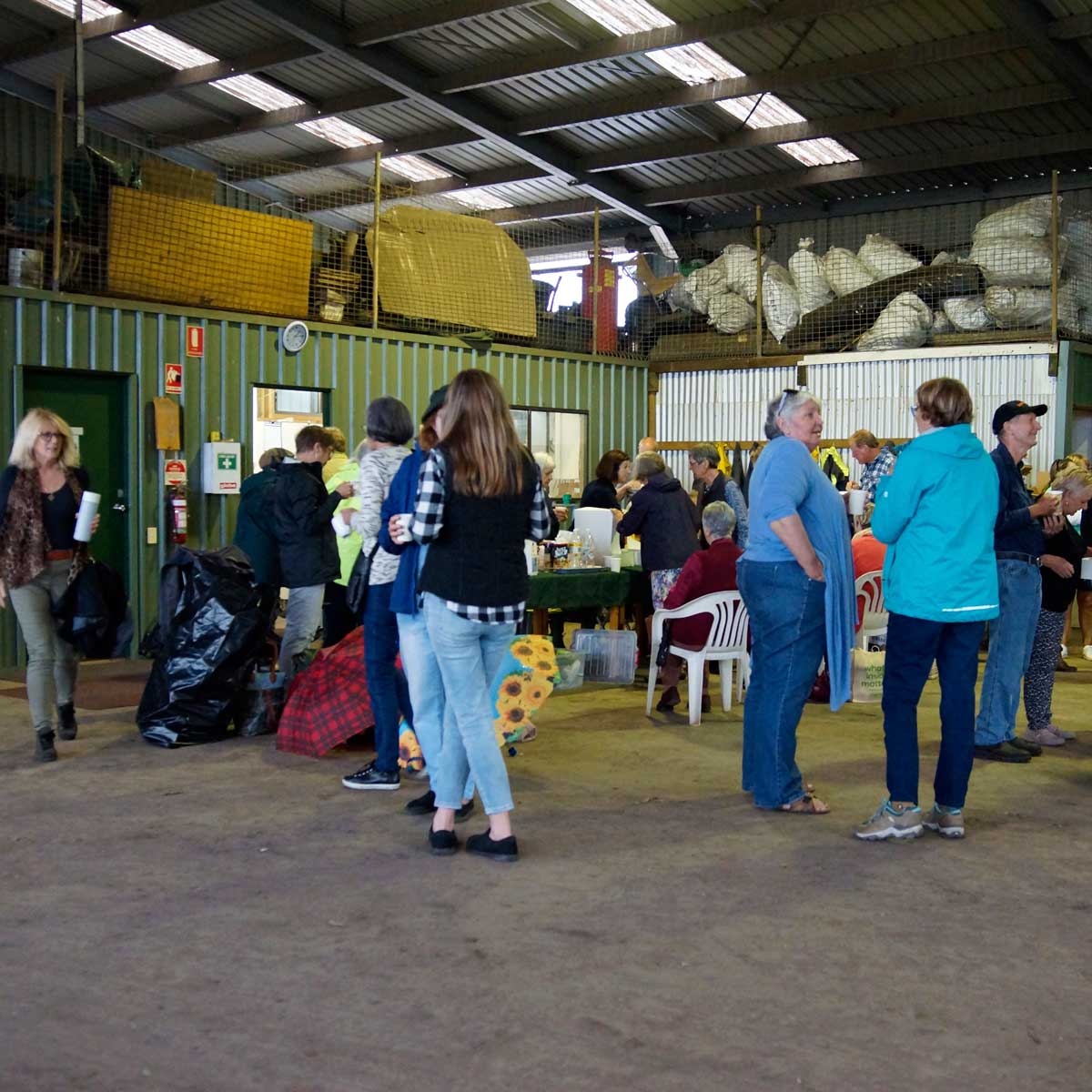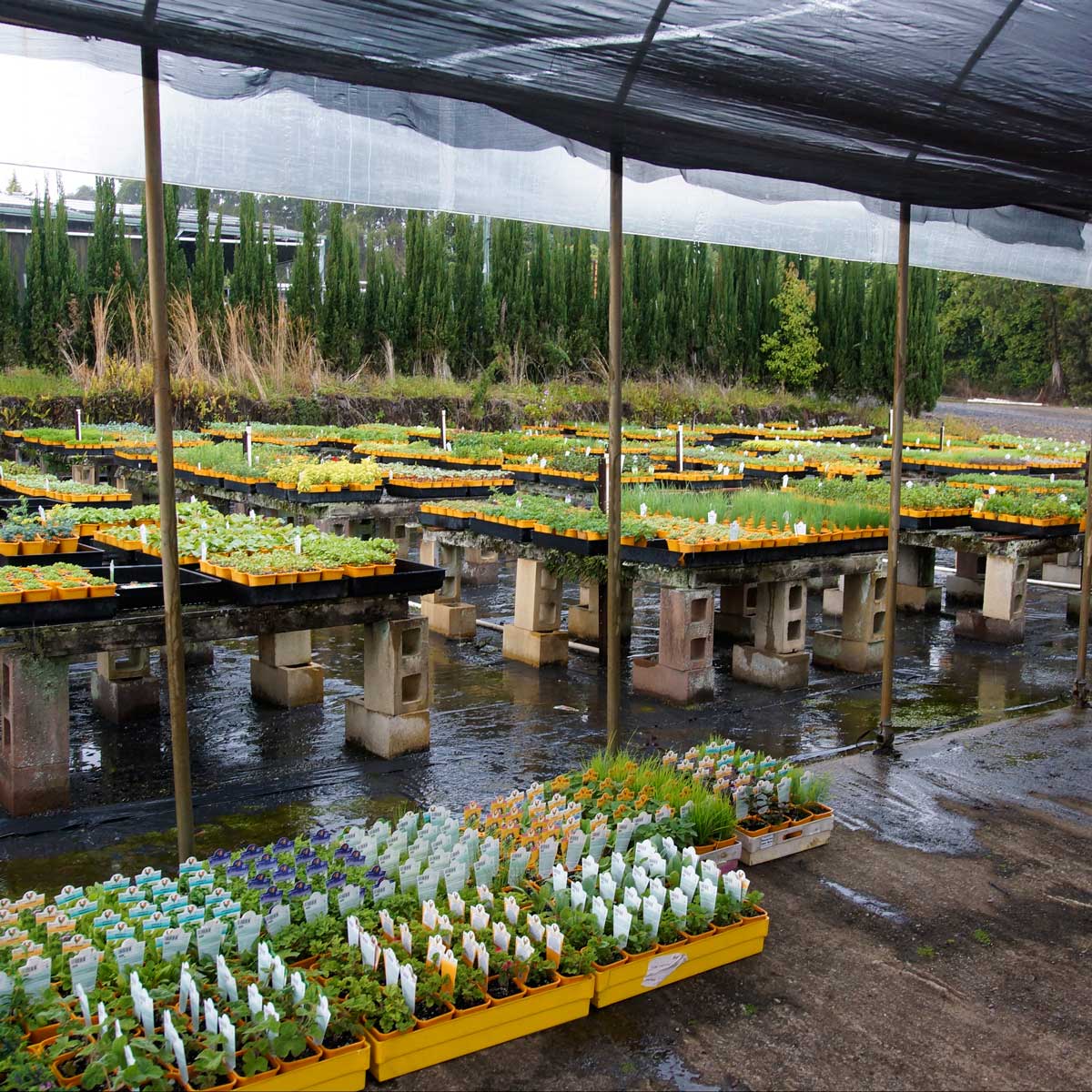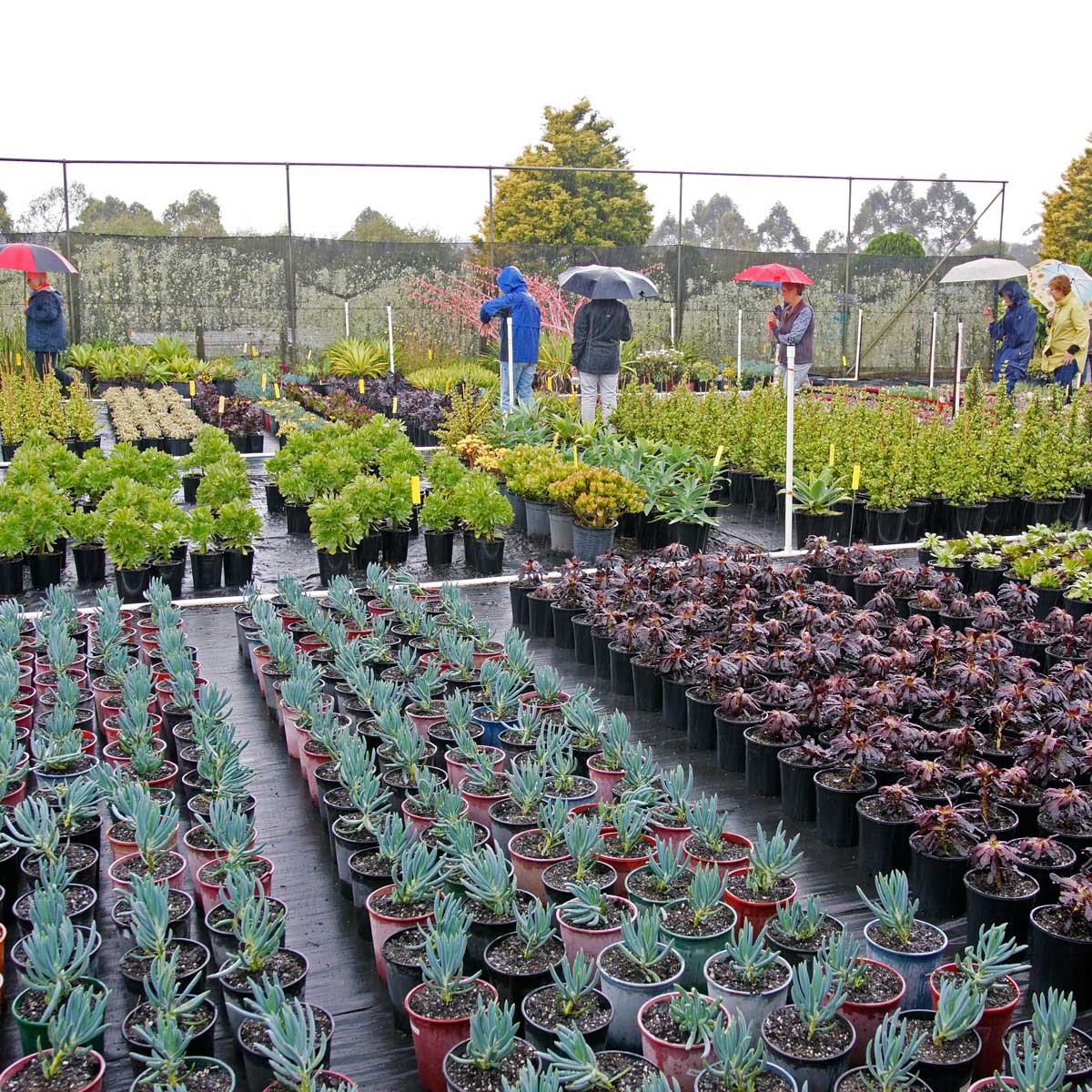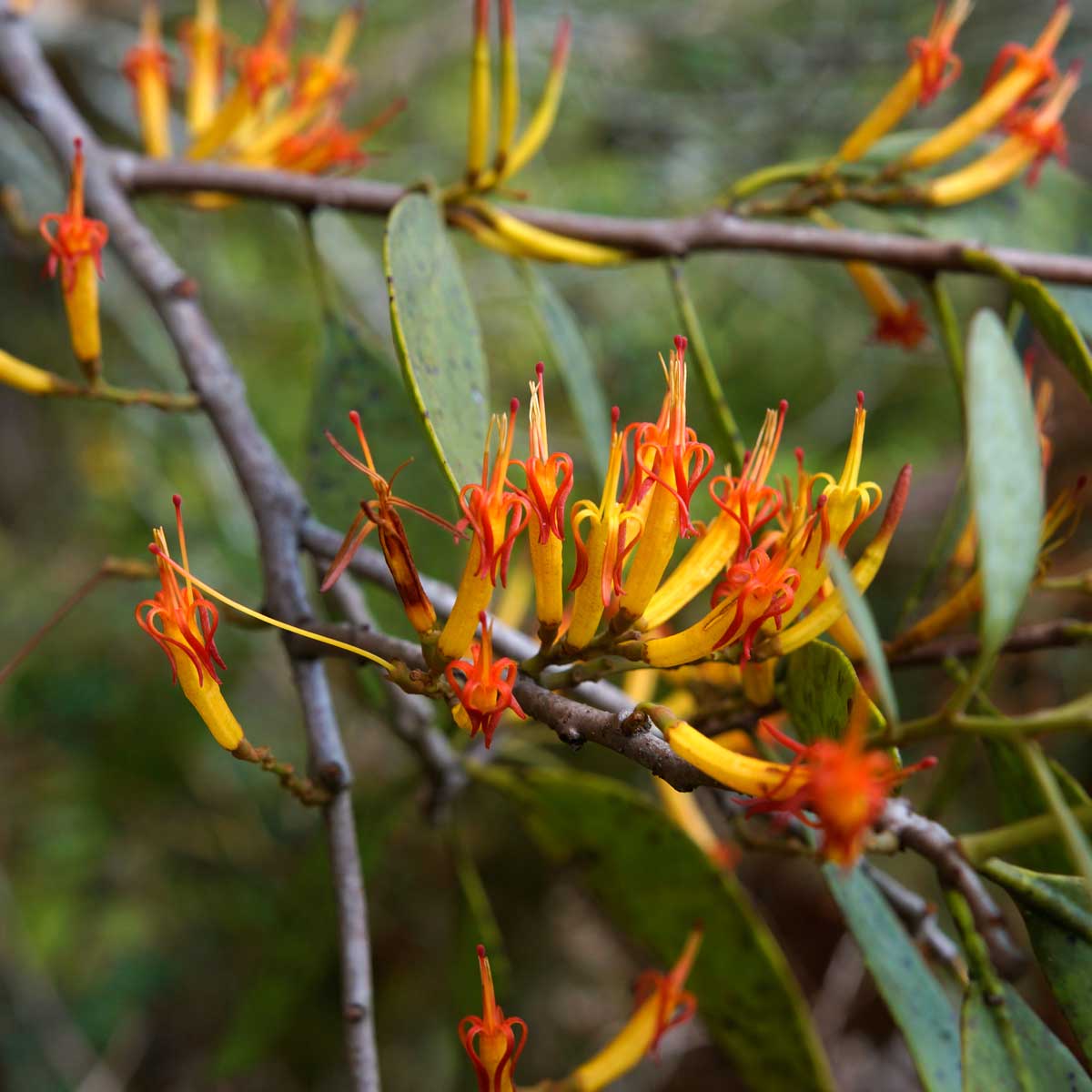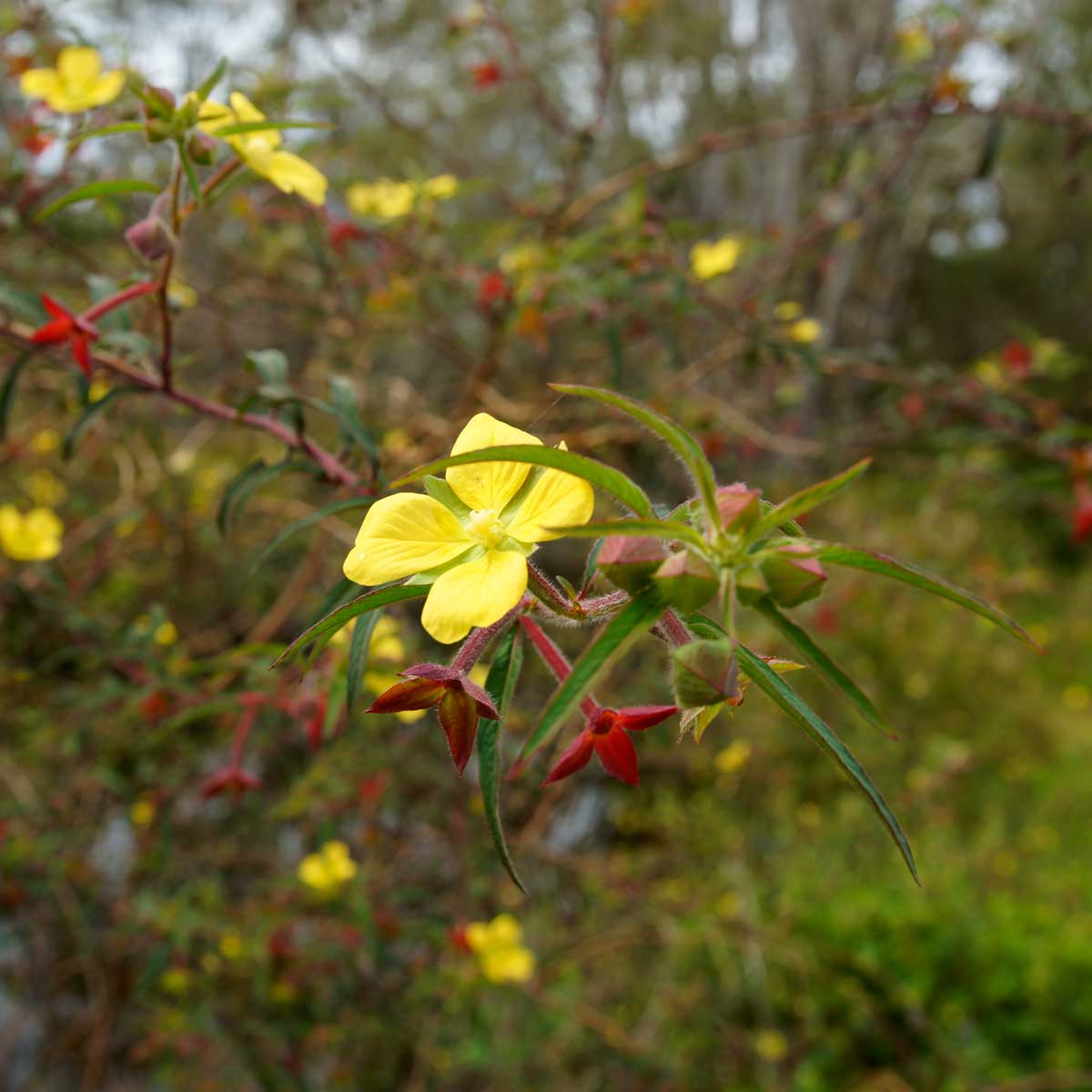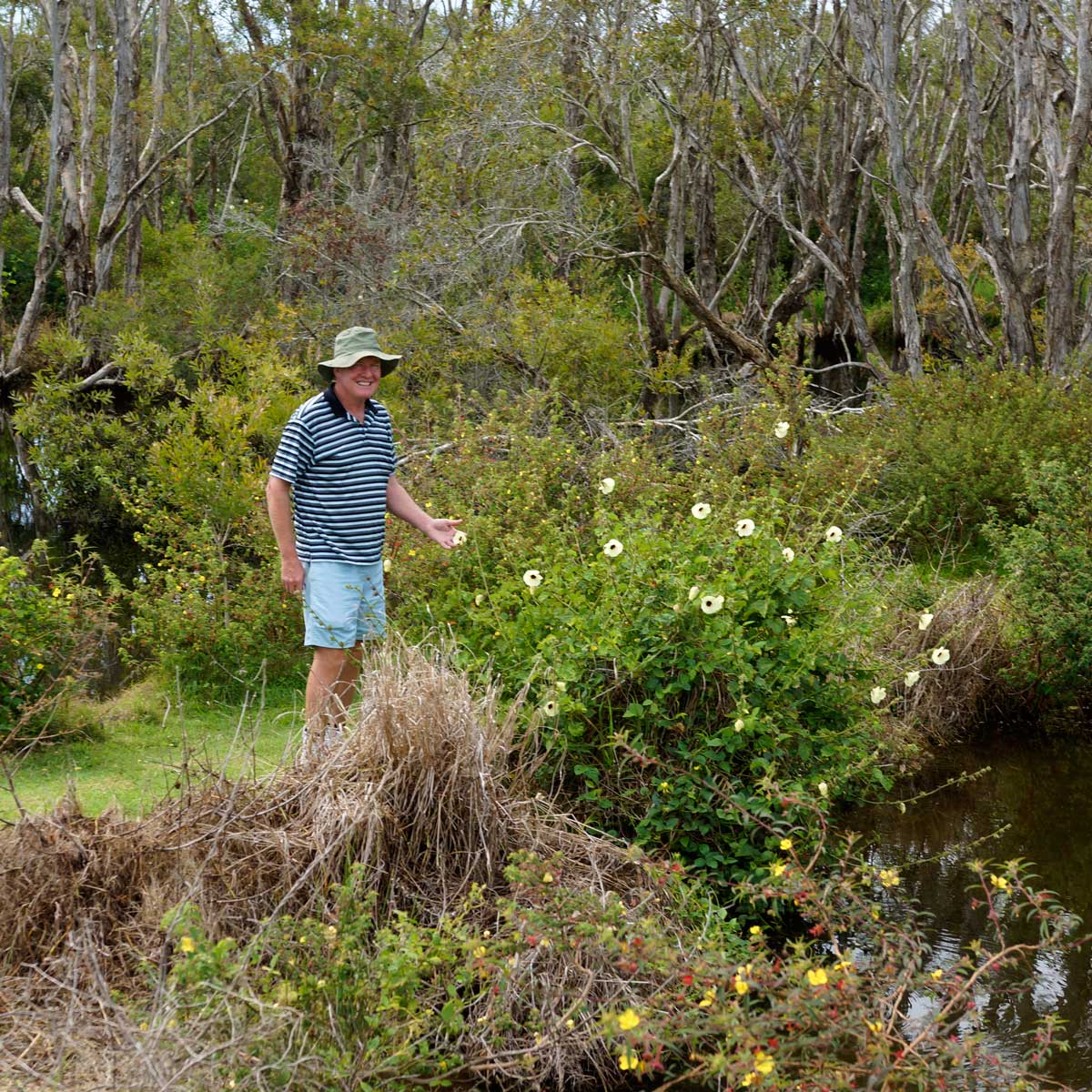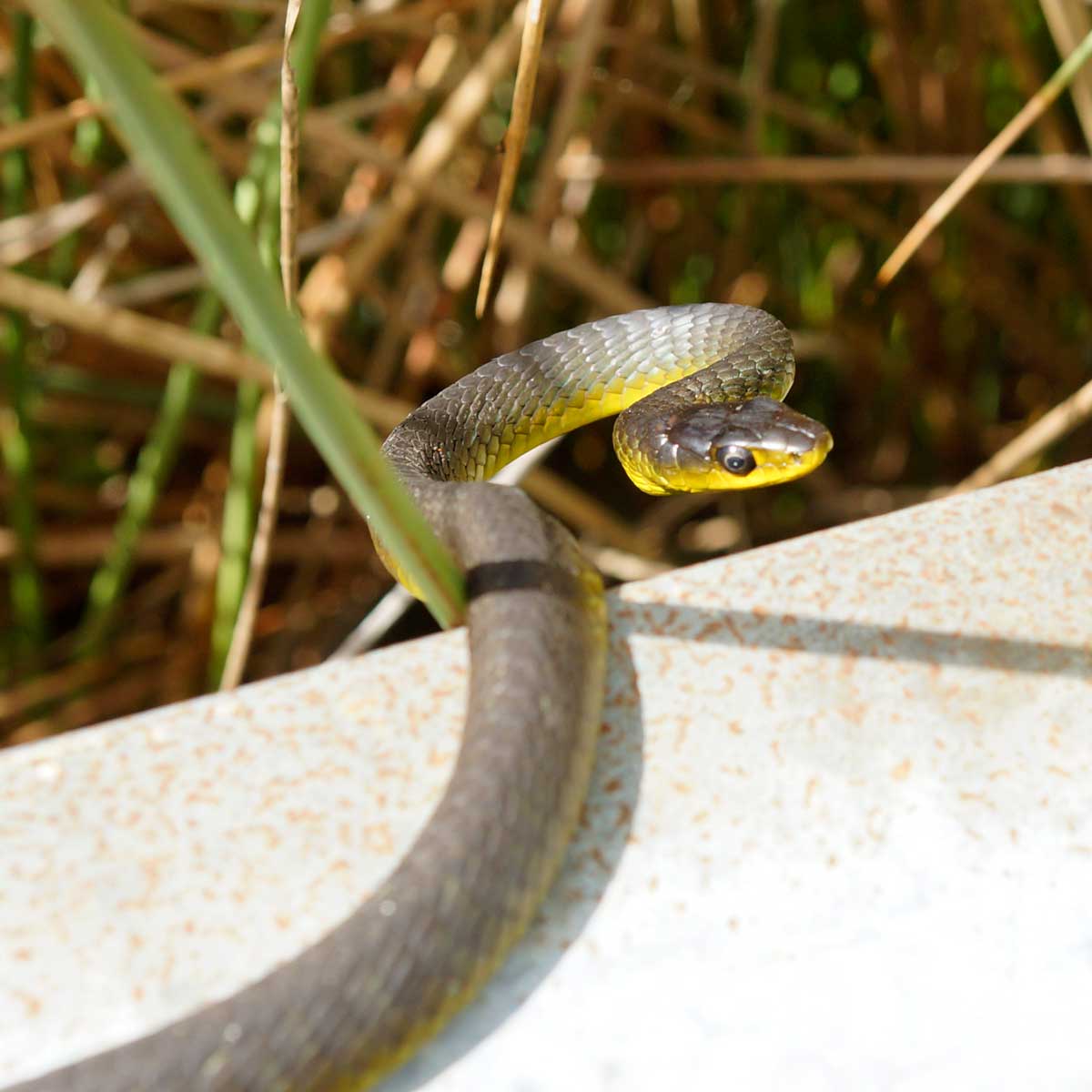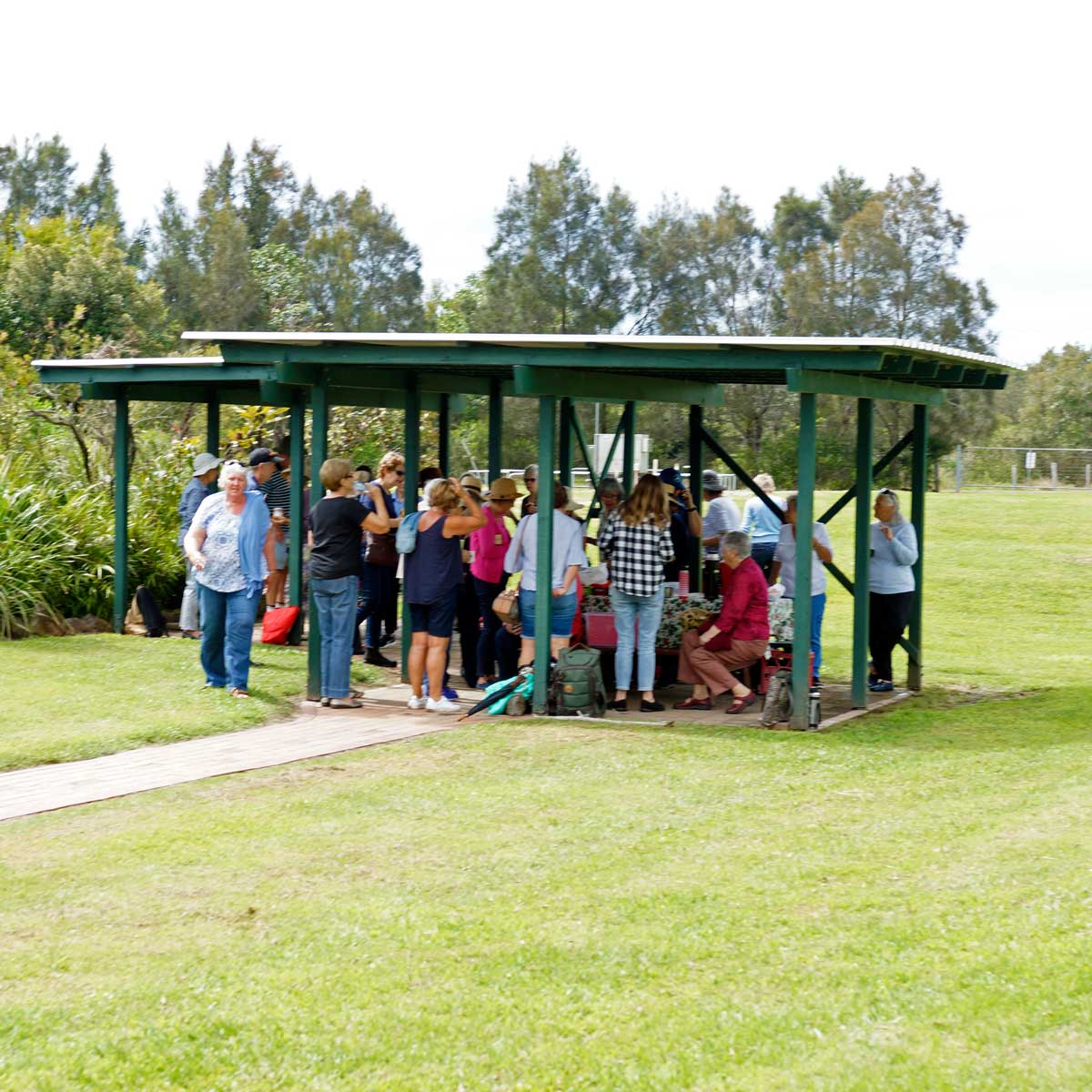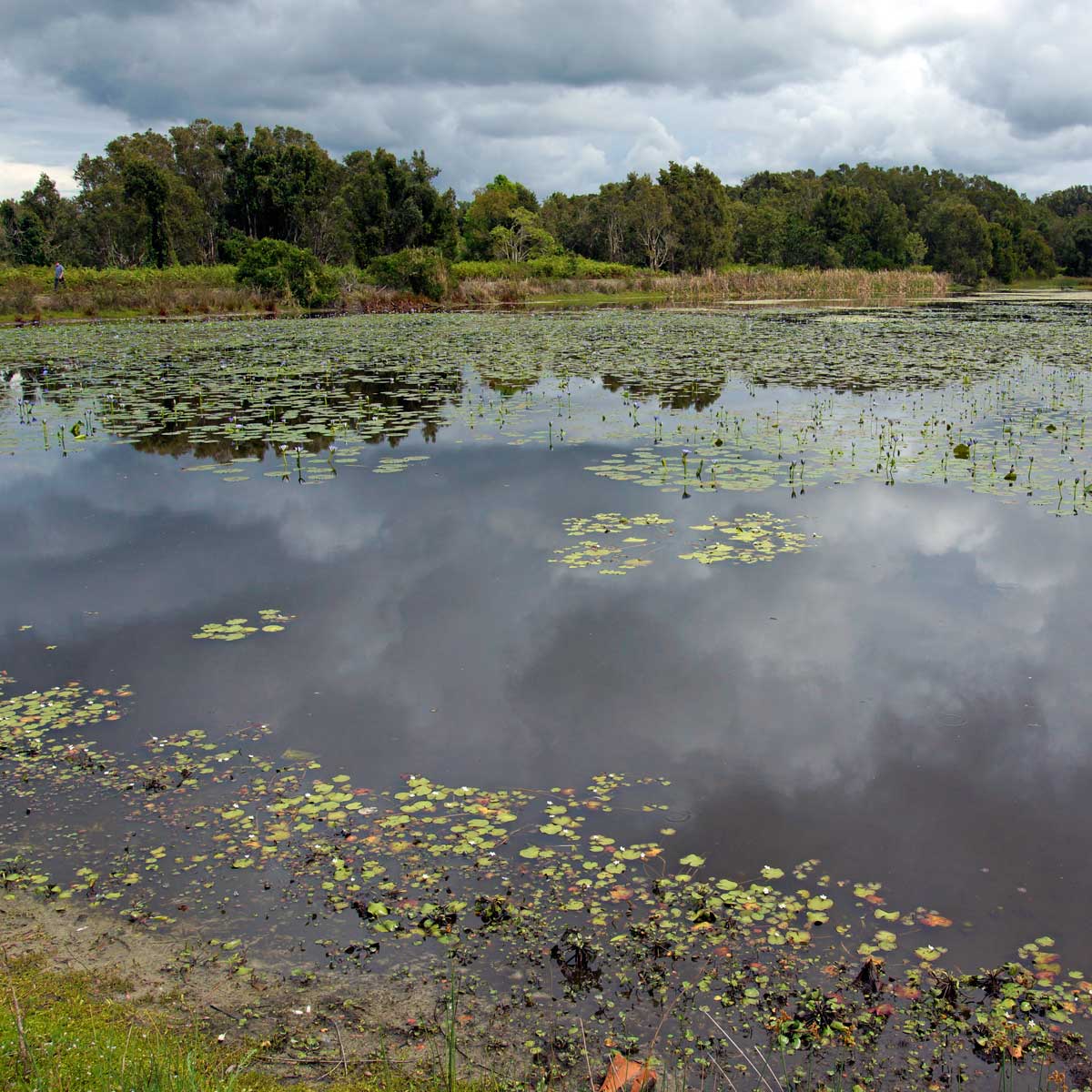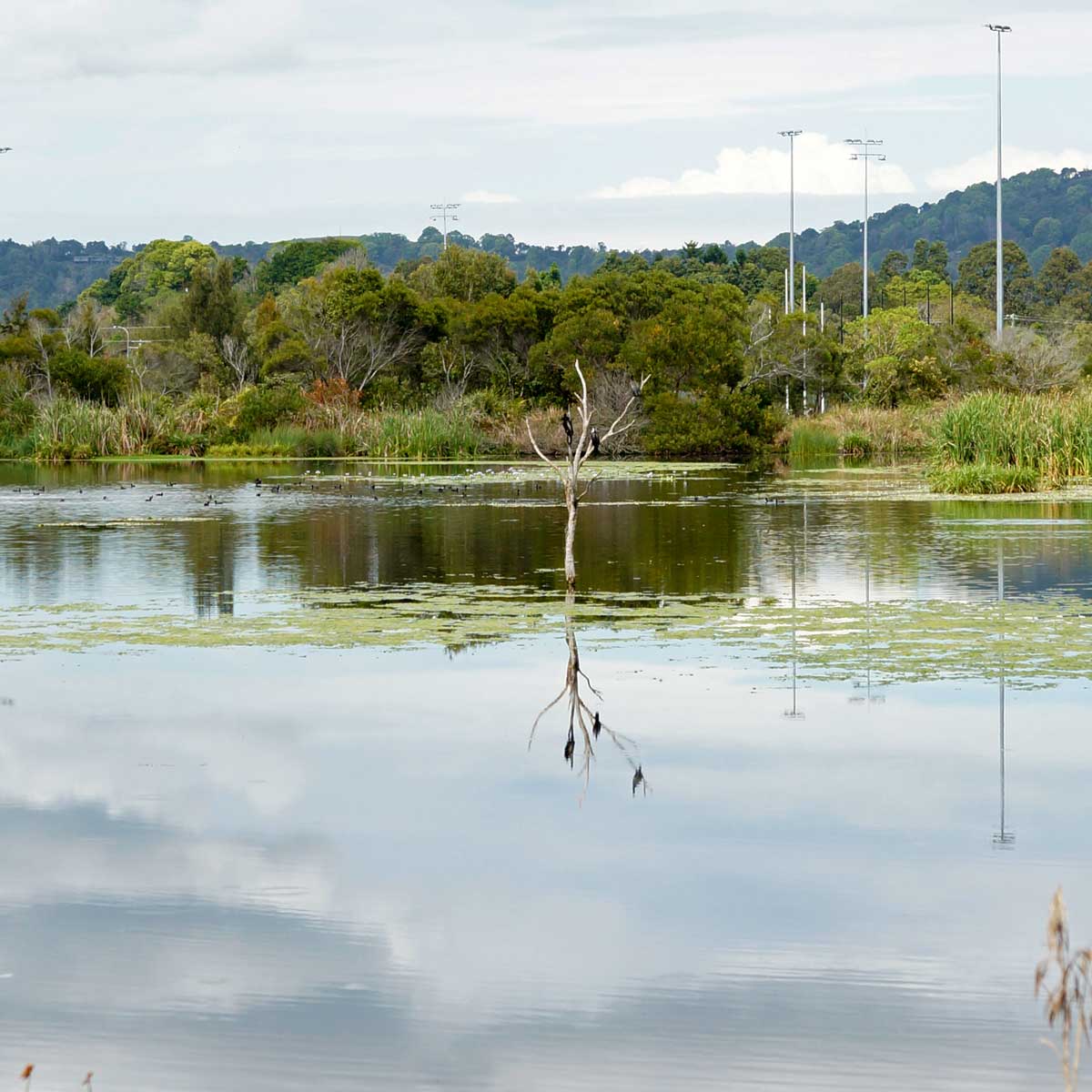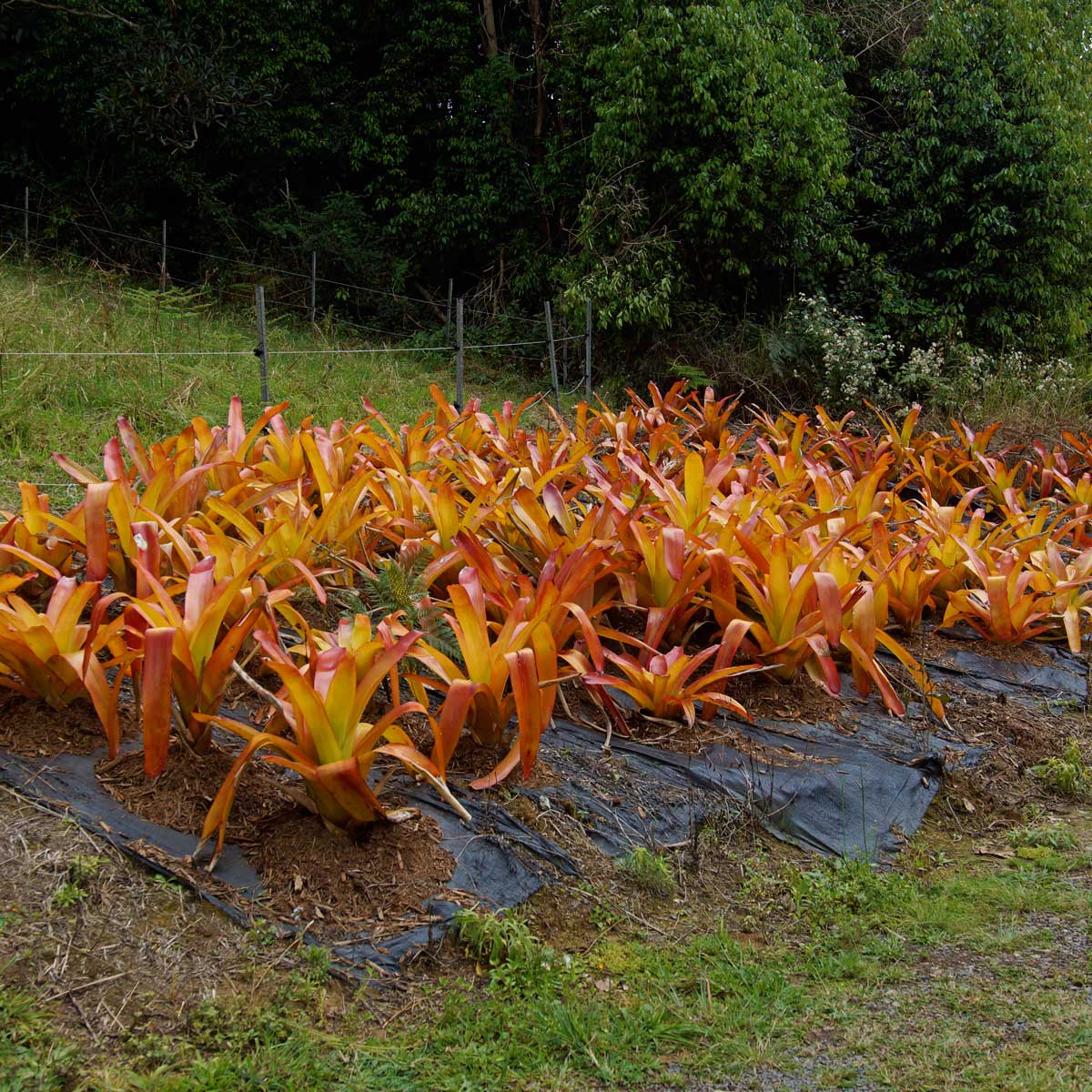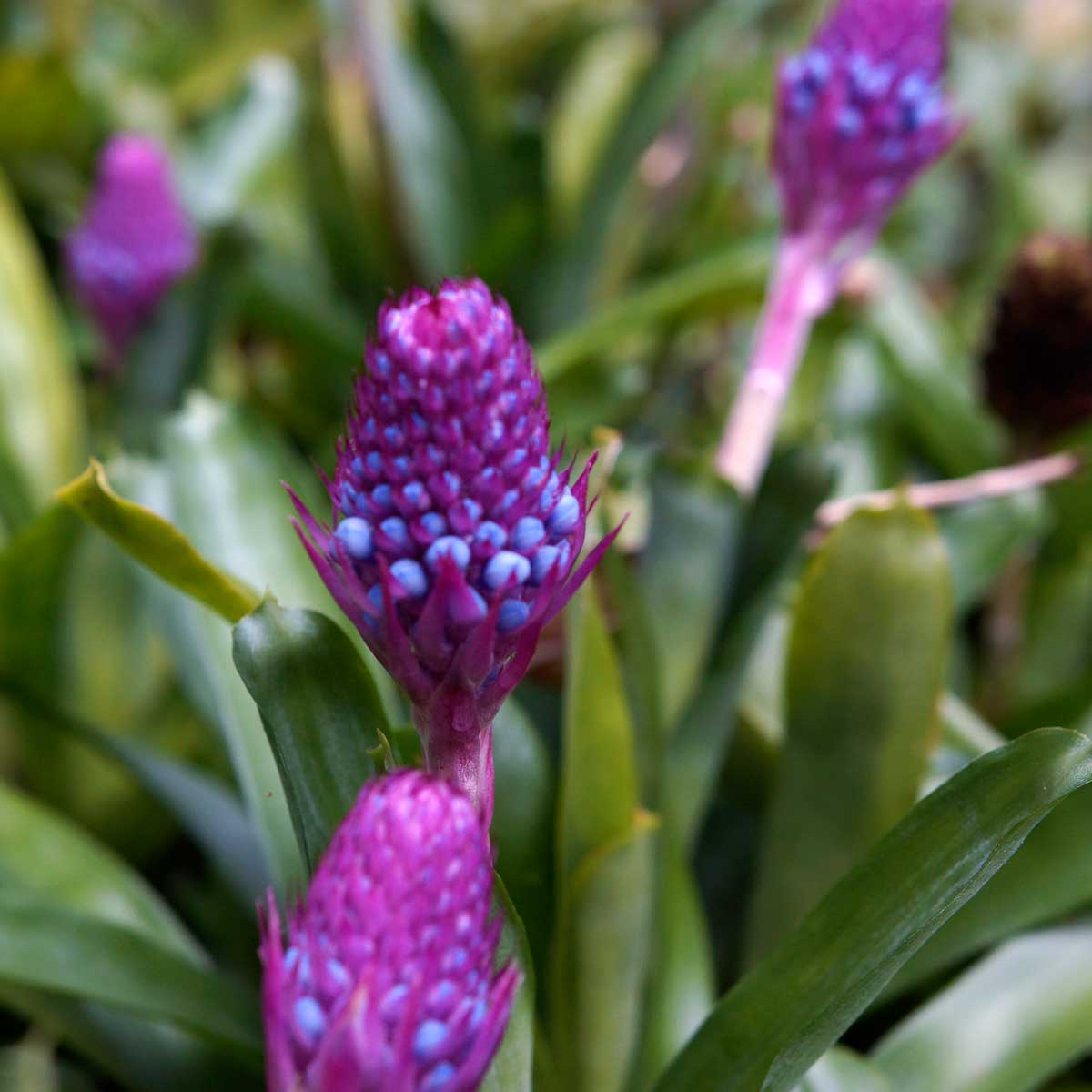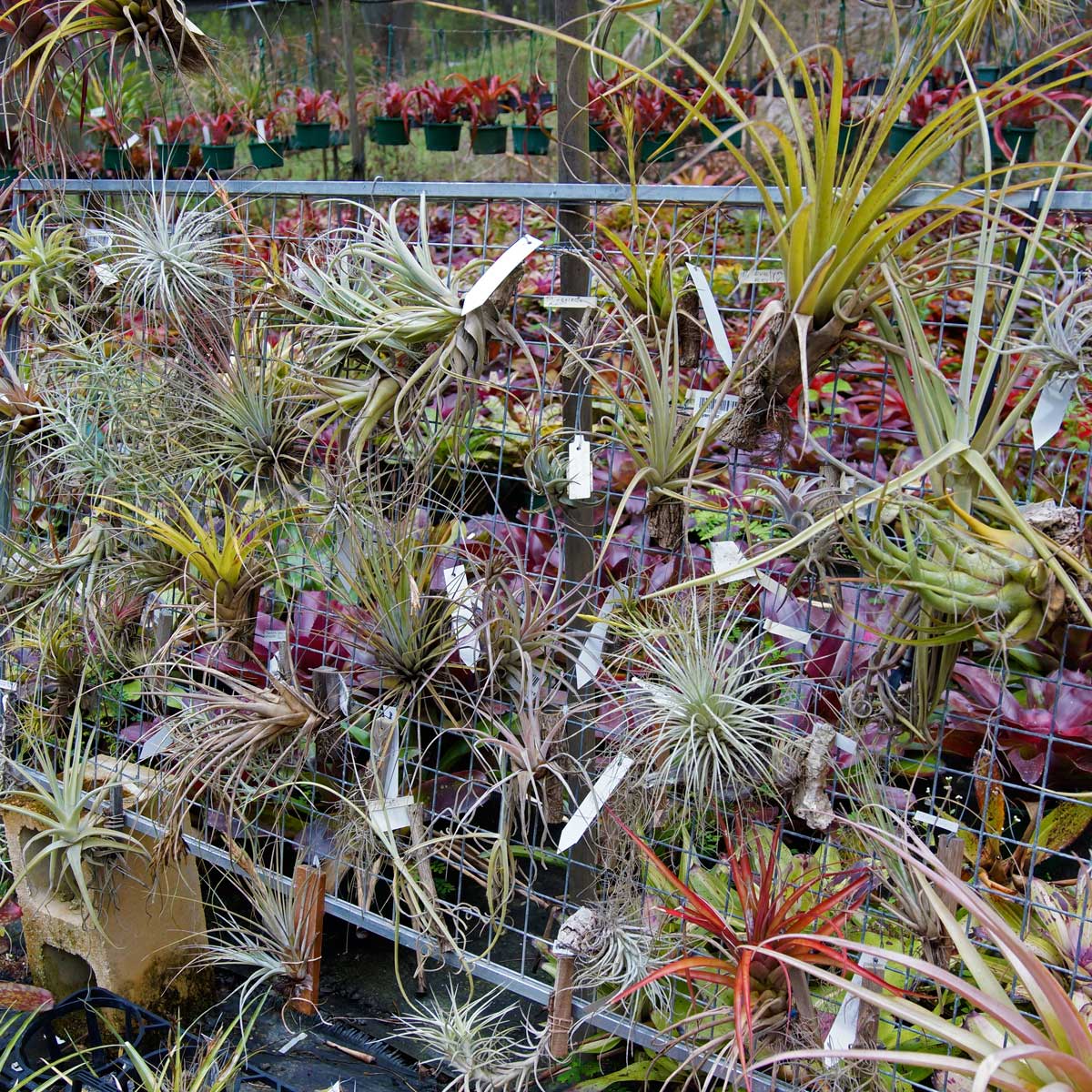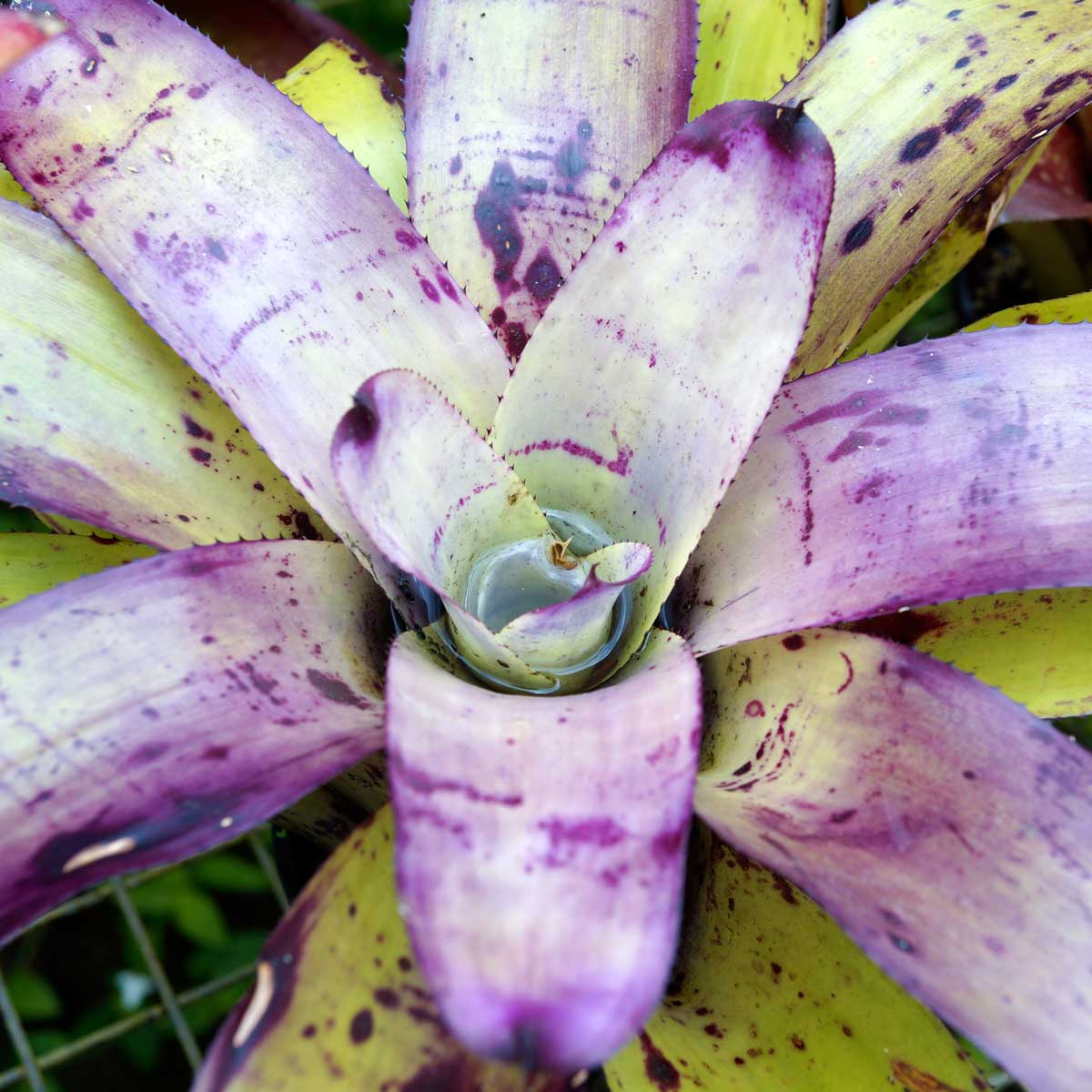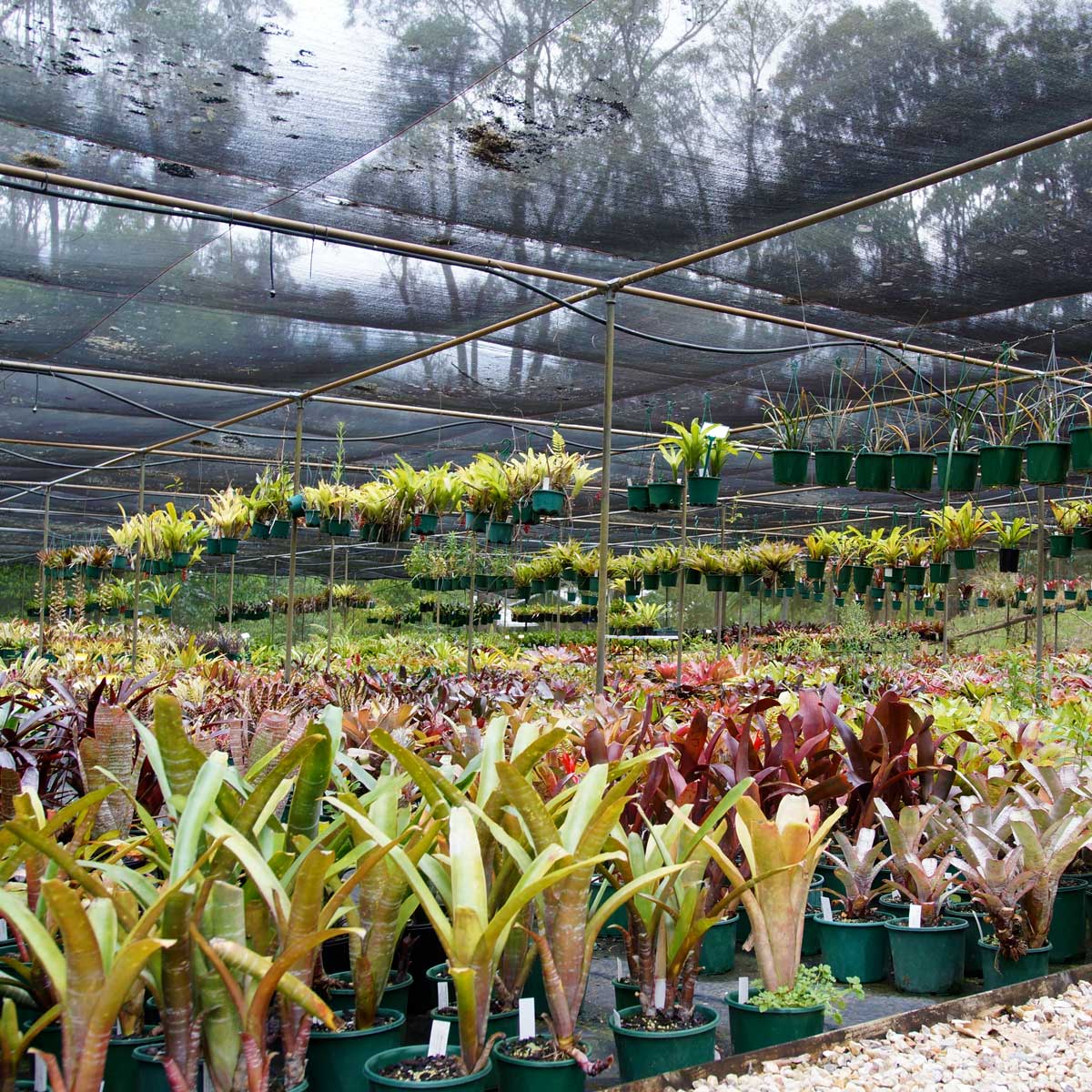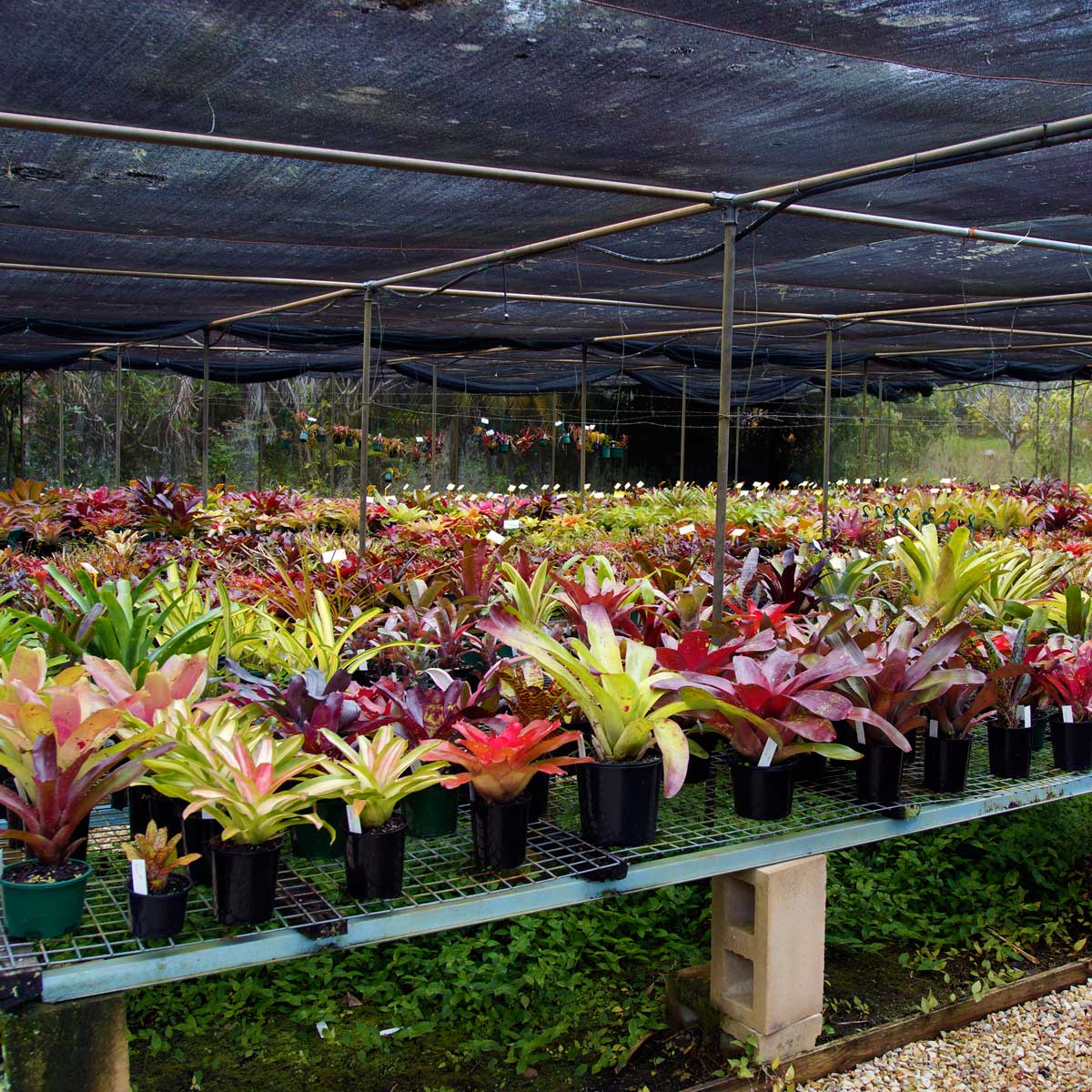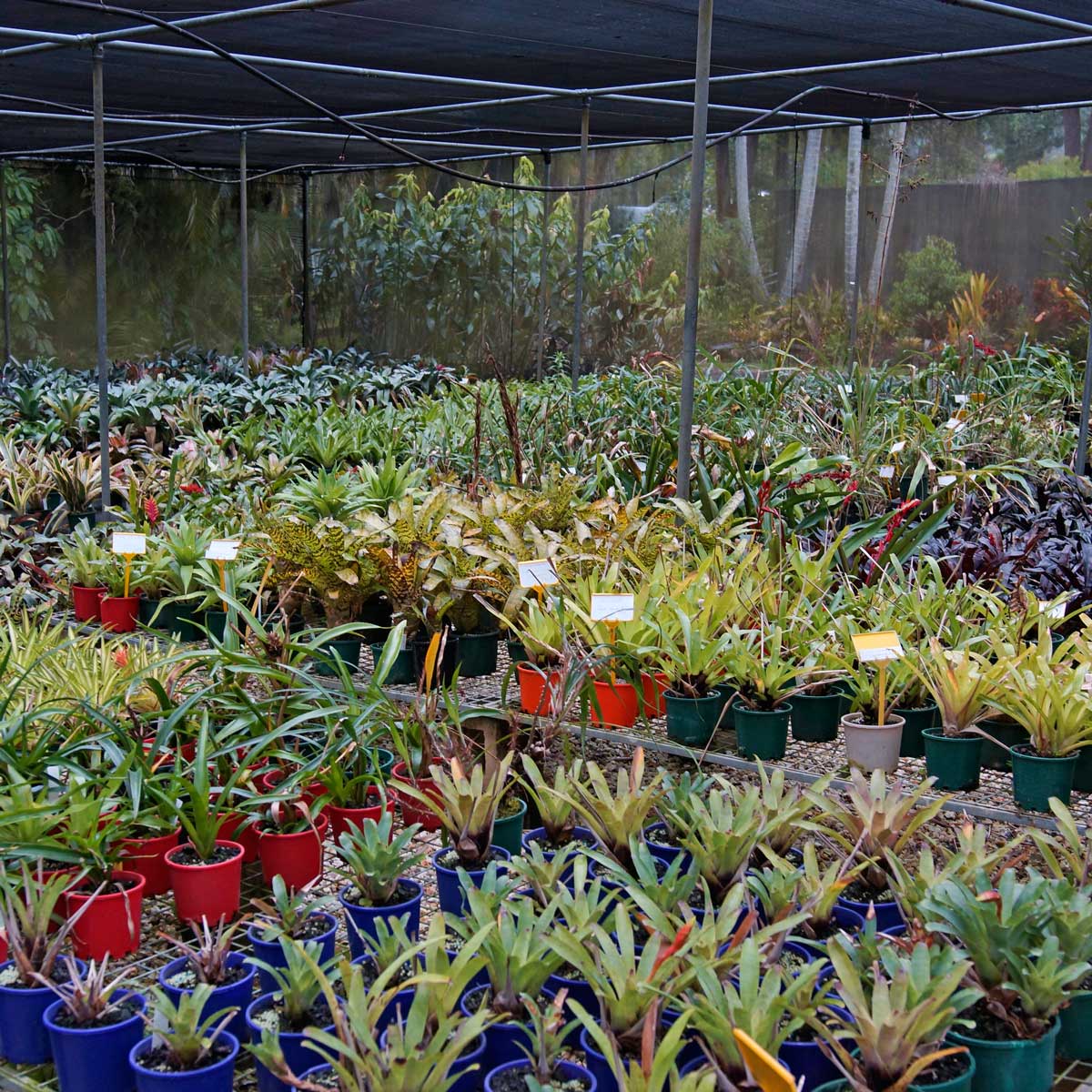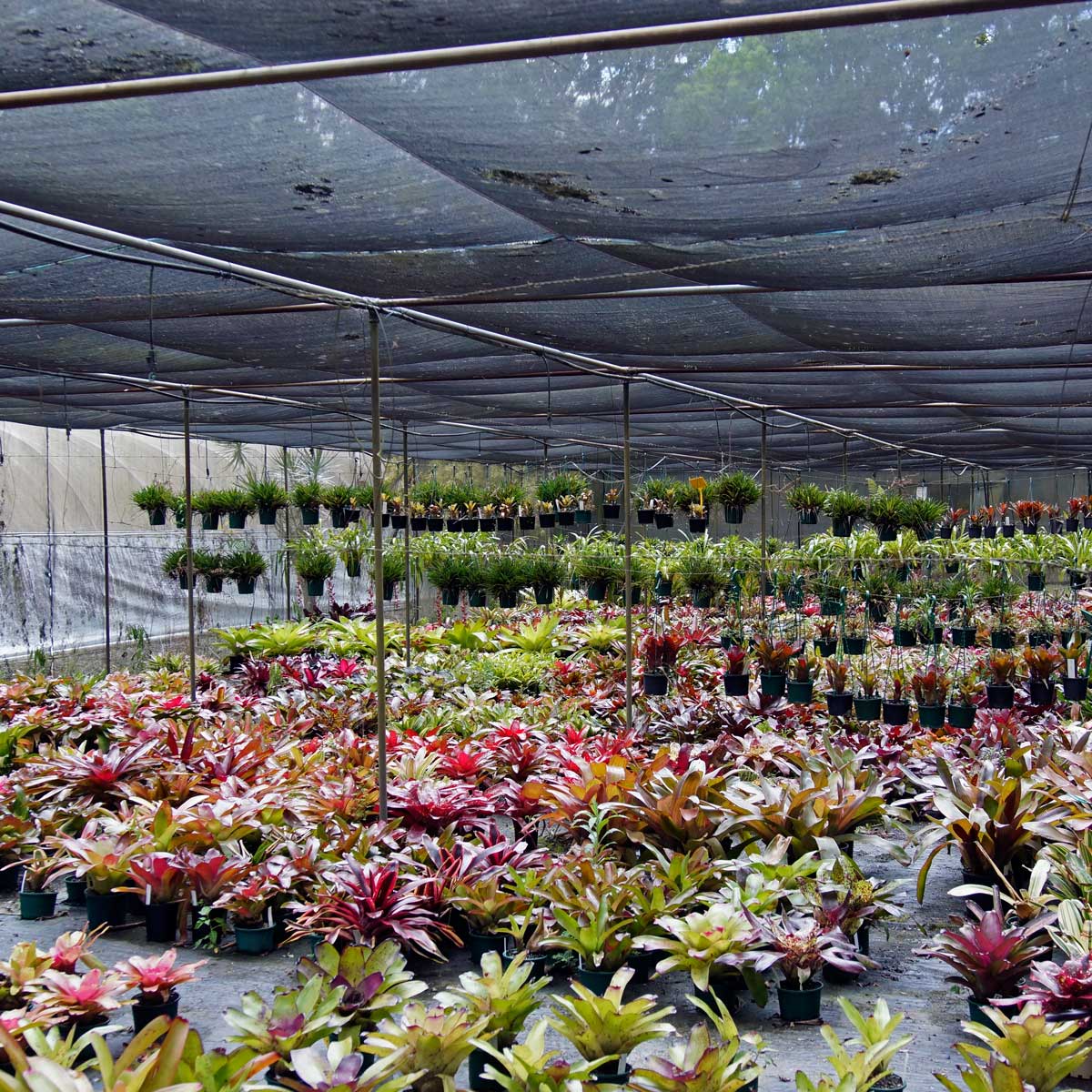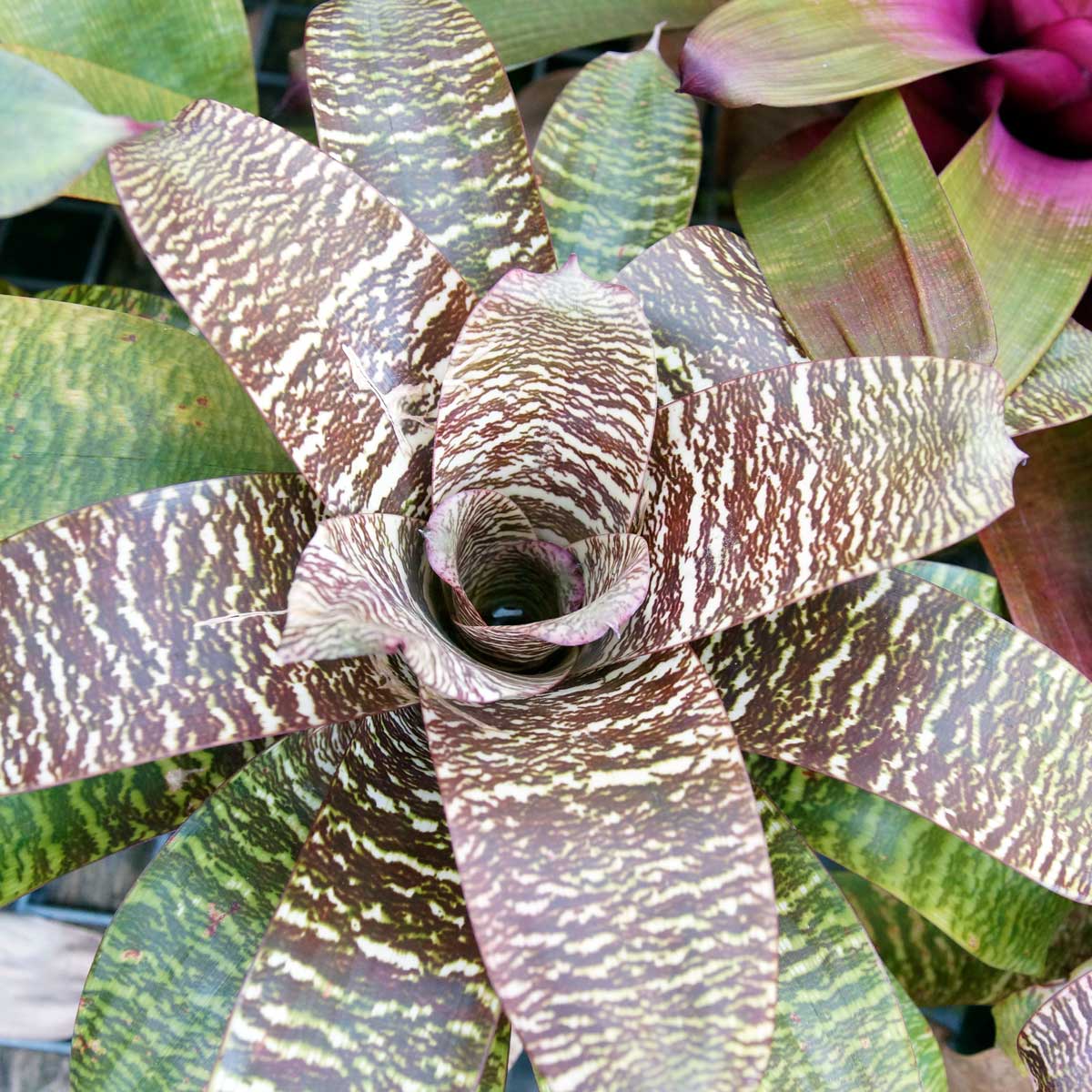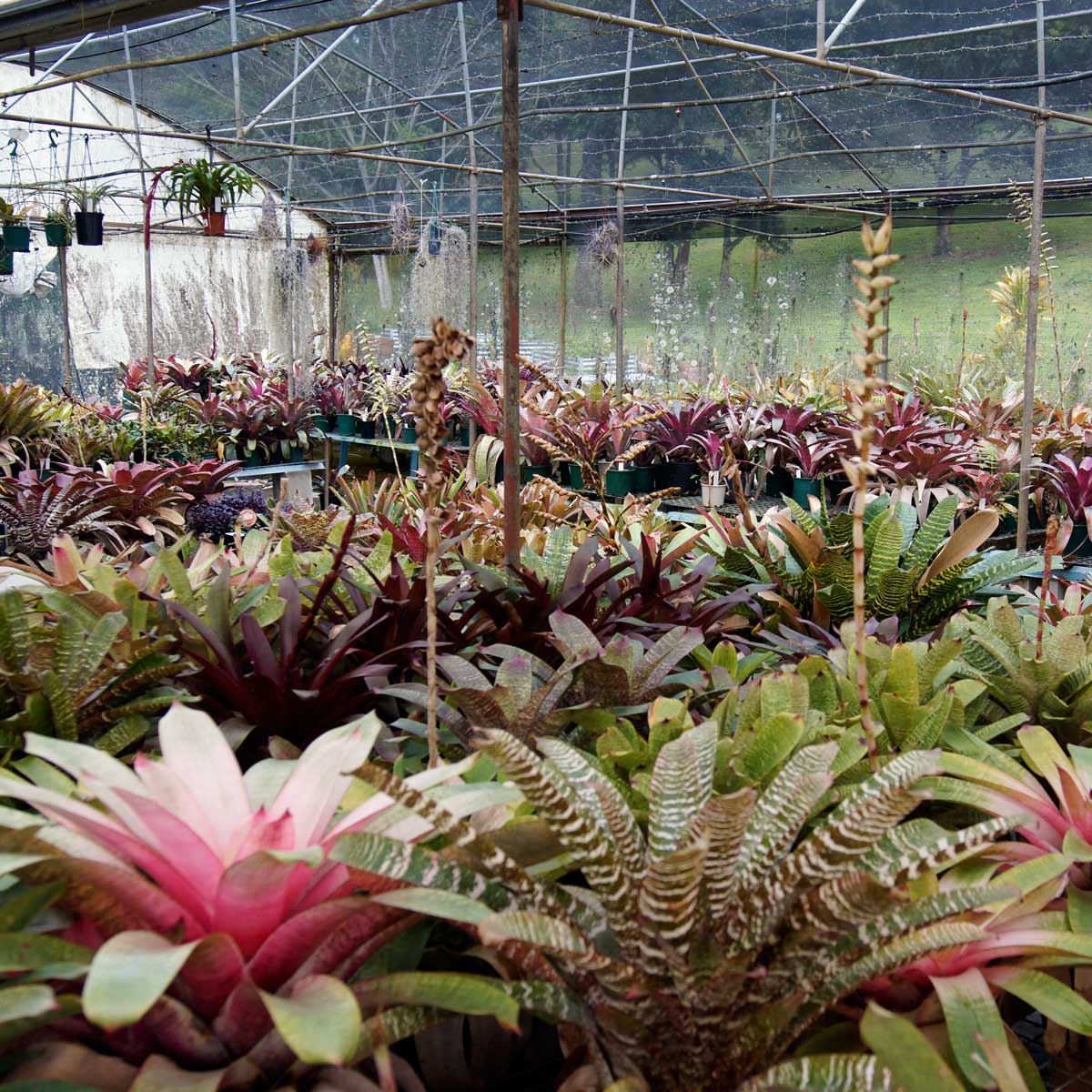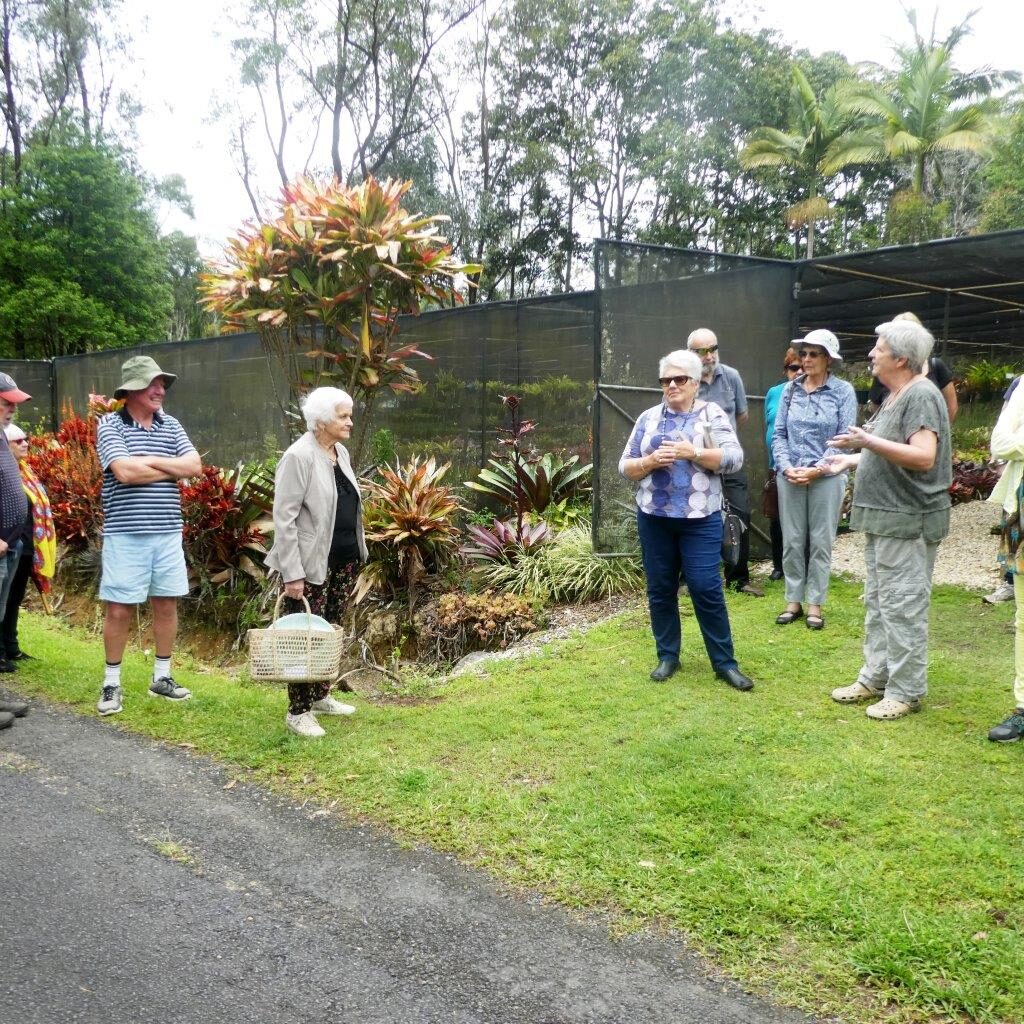
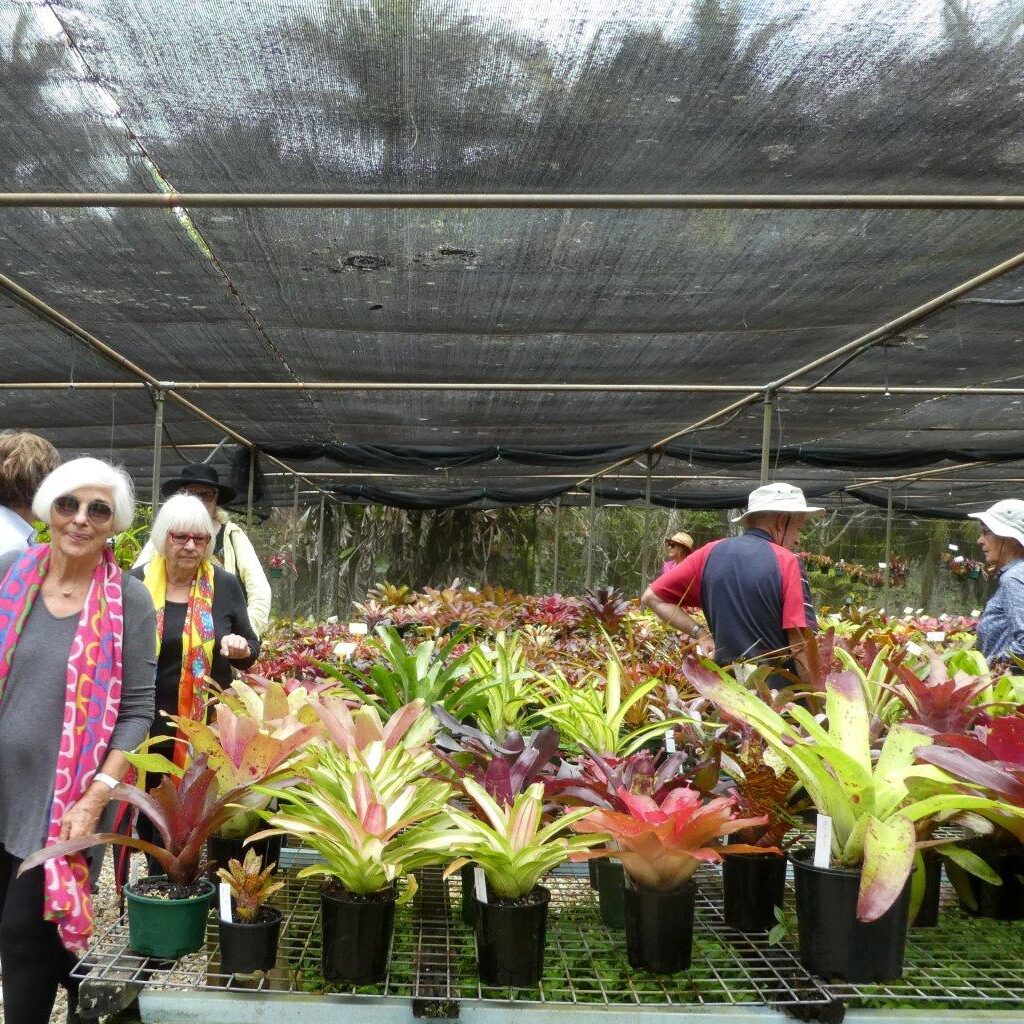
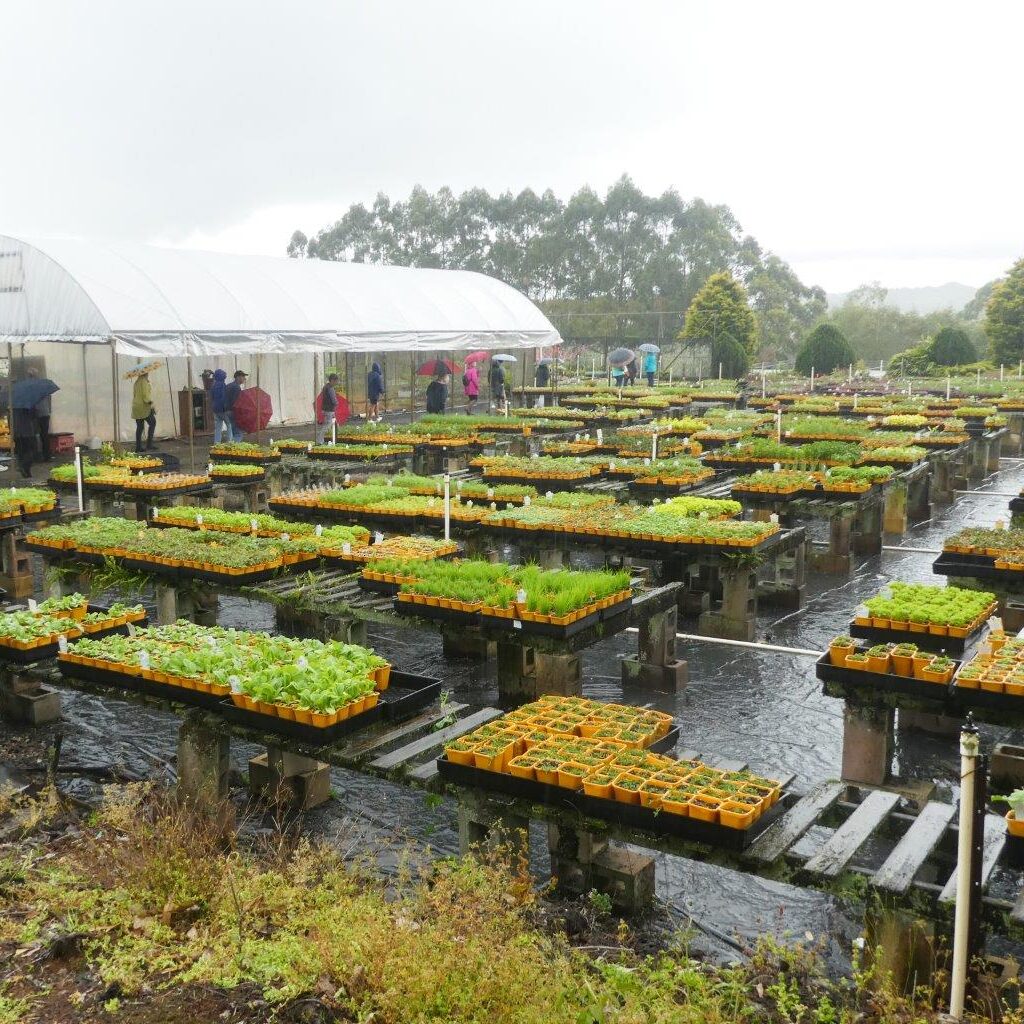
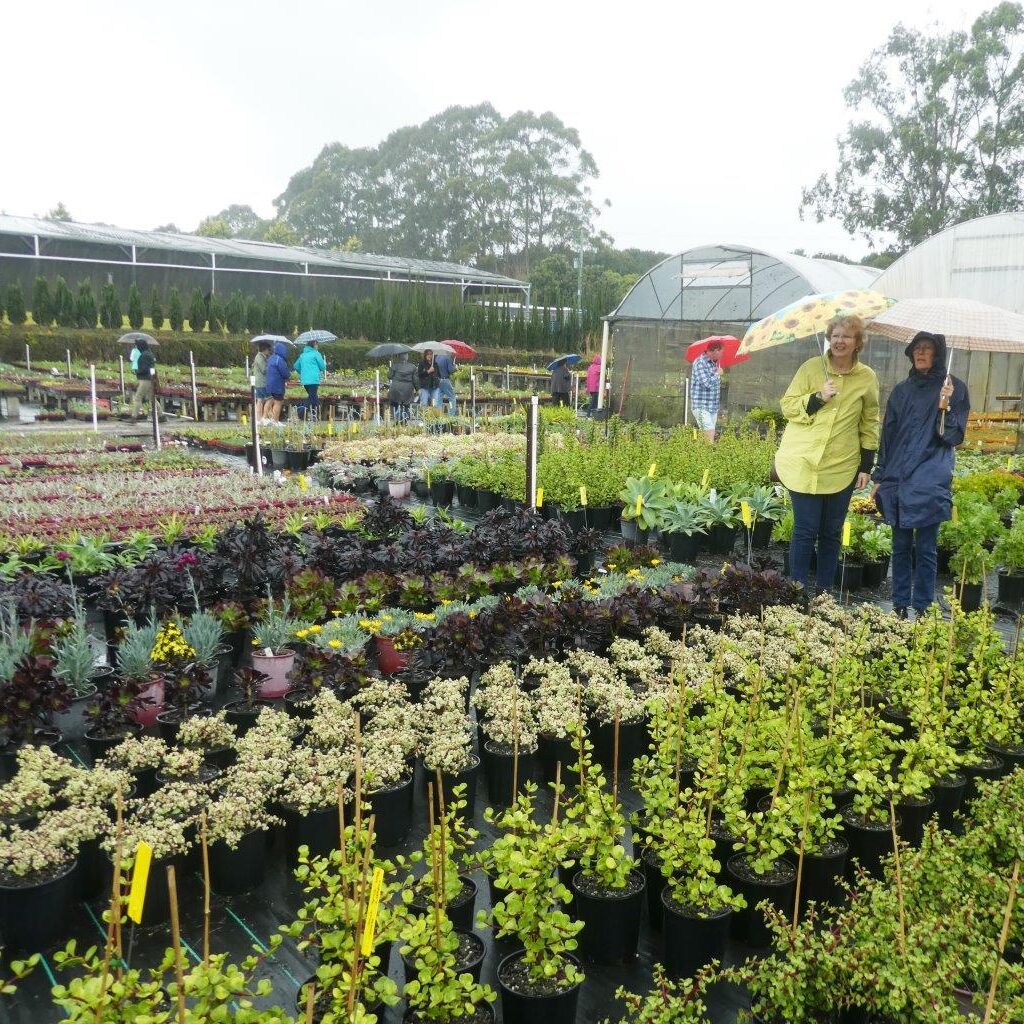
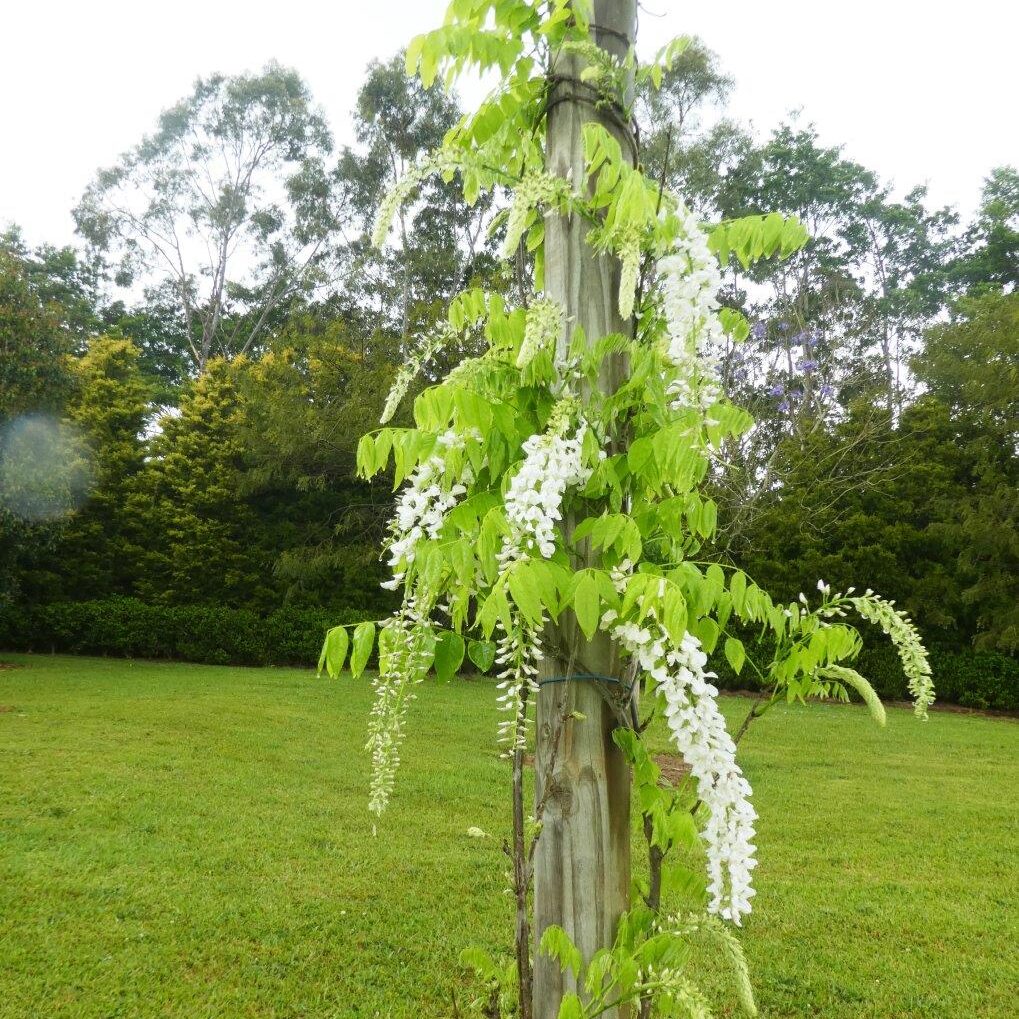


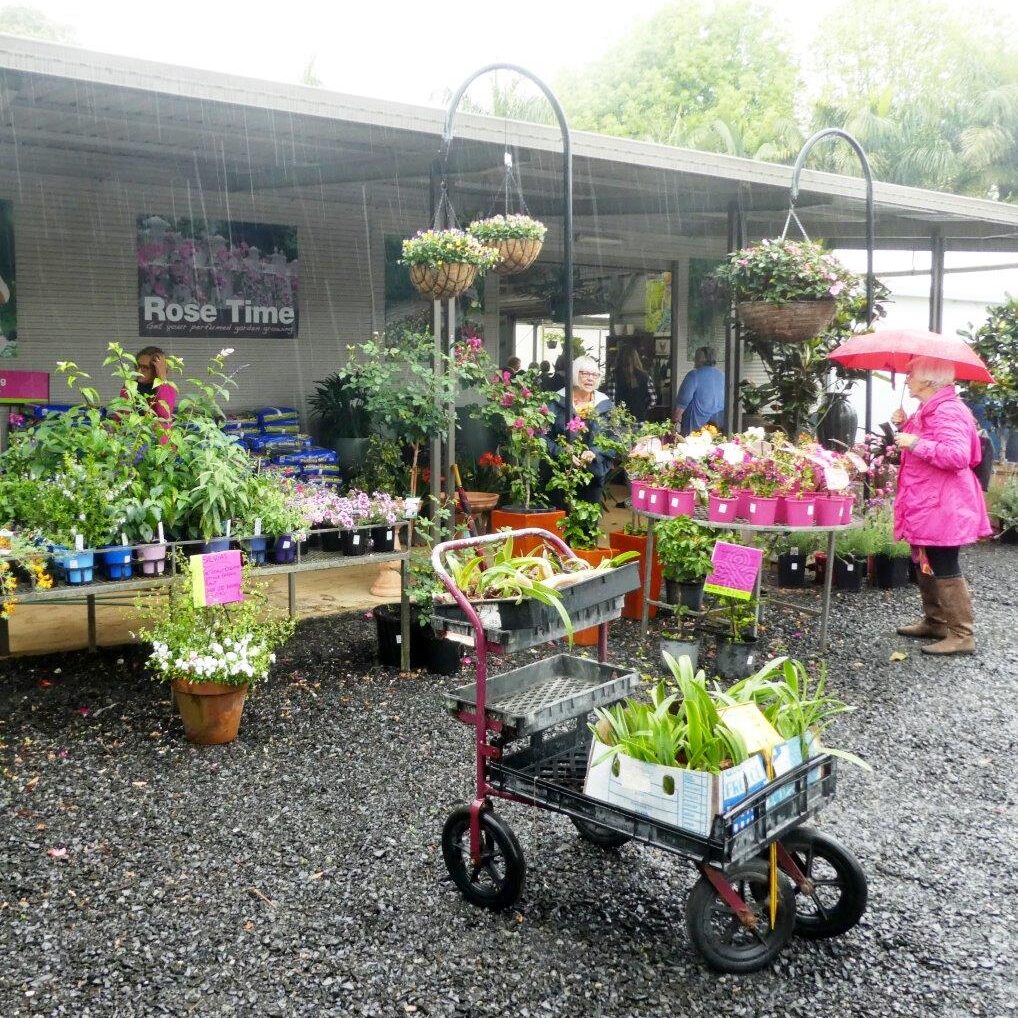
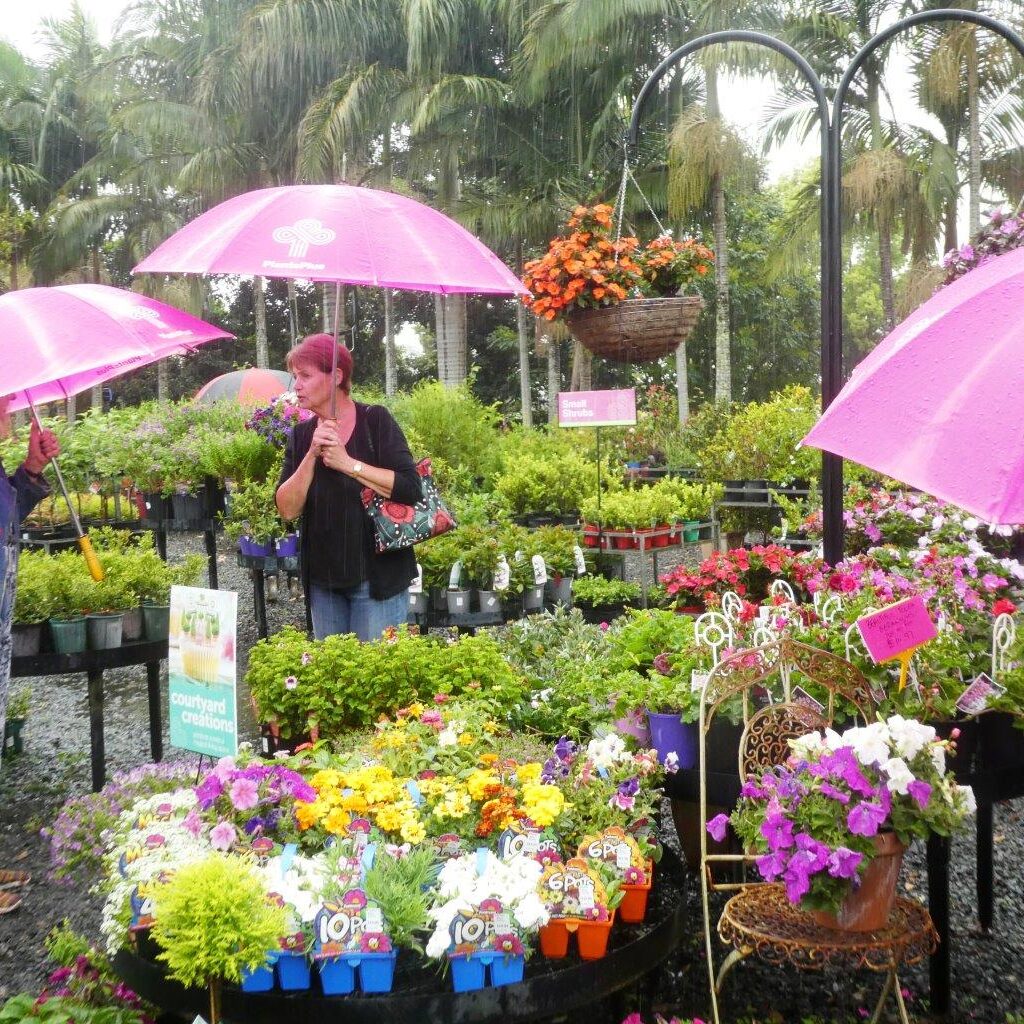
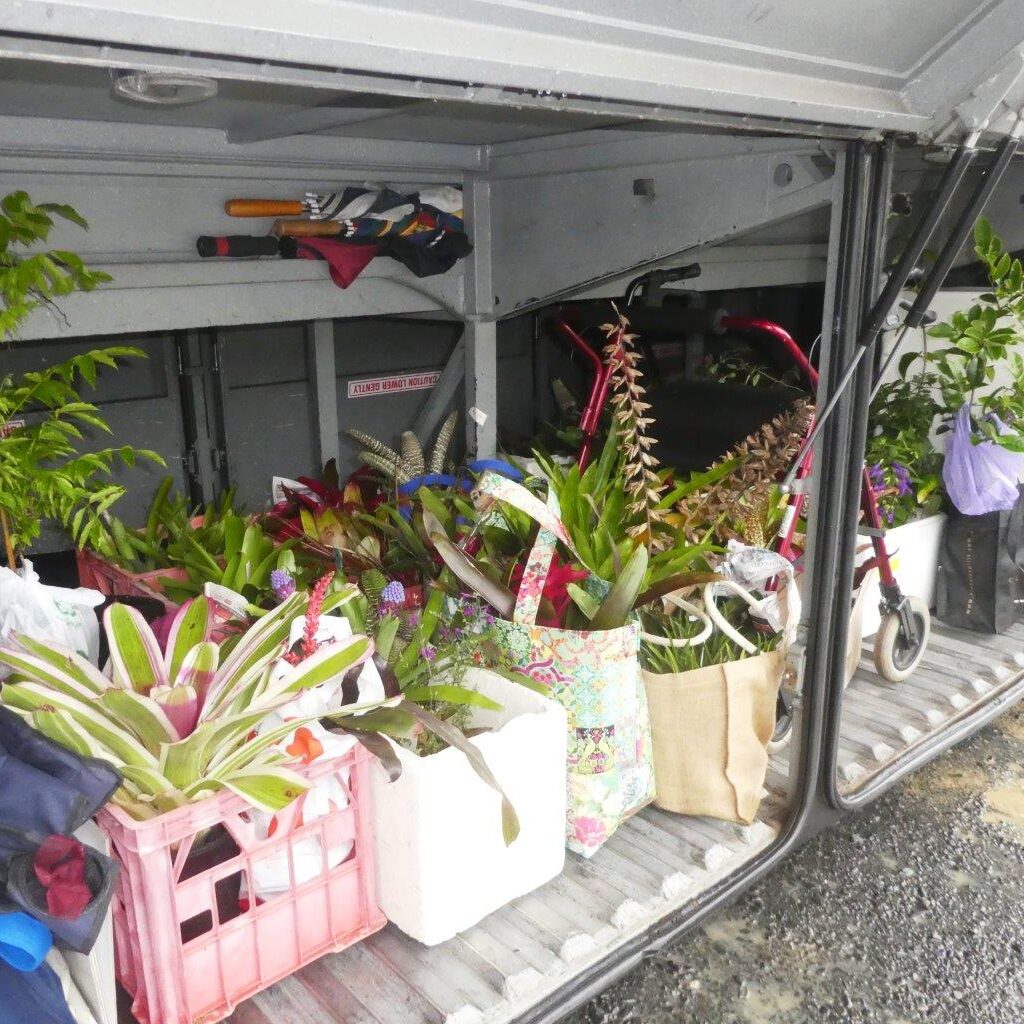

Our Bus Trip this year was a mystery tour, for most of us anyway!
We started off with a visit to the Byron Wetlands . This is on the northern outskirts of Byron Bay and is a great place for birdwatching (and for seeing the occasional snake). There are a number of walking trails through the area and a variety of native species on display.
After morning tea at the Wetlands we proceded to Wholesale Bromeliads of Australia at The Pocket. This is a large bromeliad farm with a great variety of specimens for viewing and for sale. We filled up most of the storage space under the bus.
From there we went to Parker’s Place Wholesale Nursery at Wollongbar. Unfortunately by this time the rain had started and was quite heavy and we did not get a good chance to look around. They did have a large shed and we were able to eat our sandwiches and cake in the dry.
Our last stop was at the Natures Decor Plants Plus nursery at Alstonville where the rain continued but it did not prevent us filling up the remaining storage space on the bus.

